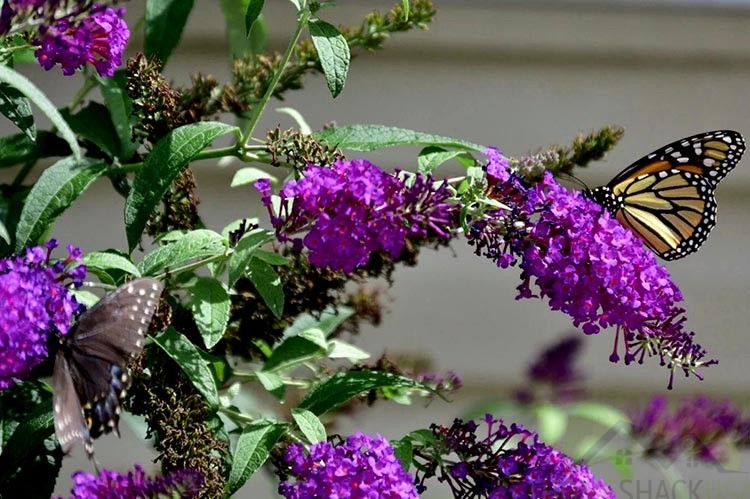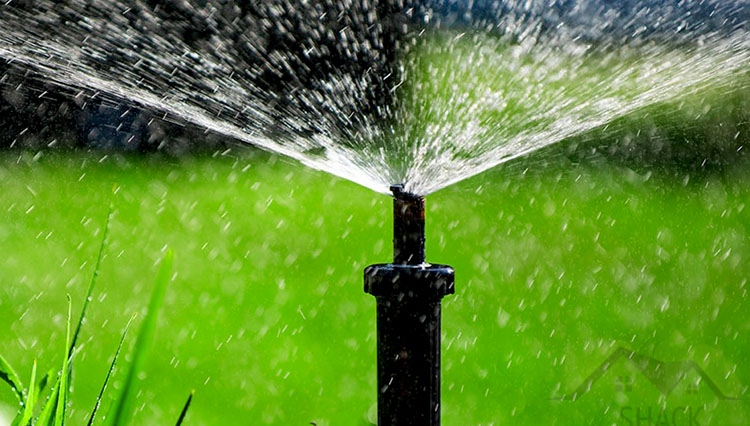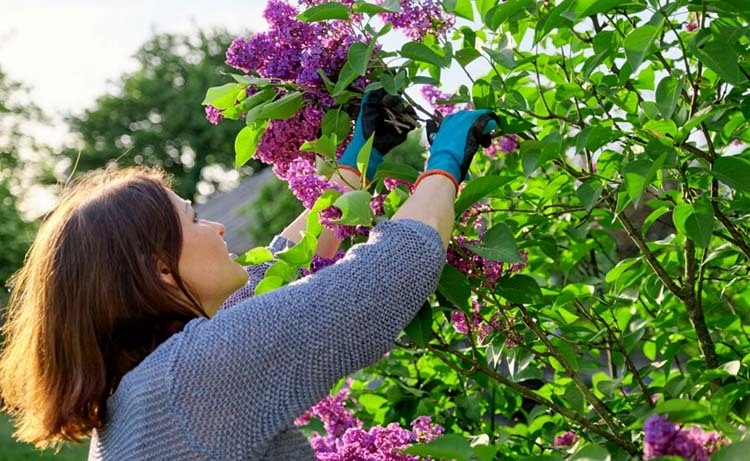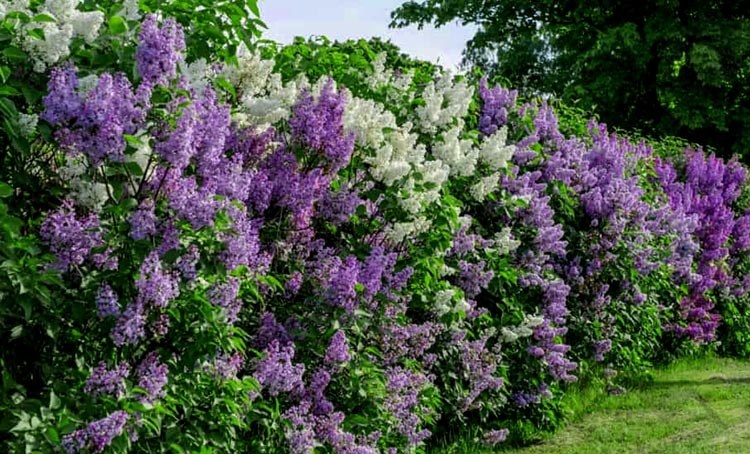The scent of lilacs is something you can probably sense only when hearing the name of the gorgeous plant.
As soon as the sweet aroma appears in the Spring, we get into a carefree mood and get sent back to our childhood in our memory. The plant has such a special place in our hearts that each year it’s celebrated at festivals in numerous places around the USA.
The best of all is that it’s incredibly easy to care for, so if you want to have that beauty in your garden, don’t hesitate.
Here we’ll tell you what you need to do step-by-step to take care of lilac shrubs and enjoy their grace.
Are Lilac Shrubs a Good Choice for Your Garden
Lilac shrubs will love your garden whether or not you’re a beginner or an experienced gardener. The plant has different varieties, making everything even more convenient because if your garden is smaller, you could choose a more compact type.
If you have a fence and you want to hide your garden from the outside world, then lilacs are a perfect choice.
They don’t require too much care, and only with a little effort will they always look gorgeous. These plants are actually so resilient that they can grow over a hundred years.
If you’re ready to welcome their beauty into your own garden, then read along to learn everything you need to know about how to grow lilacs.
When and Where to Plant Lilacs

Lilacs can be grown in spring or autumn, but if you want to allow them to grow solid roots before spring without having to water them a lot, then it’s better to plant them in the autumn after their leaves have fallen.
If you plant lilac shrubs in the spring, make sure to water them regularly during summer if you want them to look lush and beautiful.
Lilacs can grow well in any garden but if you want them to look their best, make sure that they’re getting plenty of sunlight. They grow best if they are in shade only for less than half of the day.
Planting Guidelines
Before planting the shrubs, make sure that the soil is well-drained.
To see if the drainage is good enough, dig a hole in the soil, about eight inches wide and twelve inches deep.
Fill the hole with water and if it hasn’t drained in an hour, then the soil drainage is still not good enough. It’s also best for lilacs if the soil either has a neutral pH, or is a bit more alkaline.
Watering Lilac Shrubs

Lilacs like to be watered regularly during the growing period. If the season provides little to no rain, the shrubs will need to be deeply watered once a week until the autumn.
After the leaves fall you don’t need to keep watering them as they will be “falling asleep” for the winter.
After one year, you won’t have to water the plants even during summer, unless the season is extremely dry.
How to Fertilize Lilacs
Lilacs are very resilient types of plants, so they can go perfectly well even without fertilizers but you can take extra care of them if you want. Lilacs have to grow for one year before you can add fertilizers to the soil.
Avoid fertilizers high in nitrogen because they can impair the lilacs’ blooming. Choose an organic fertilizer low in nitrogen.
Apply the fertilizer at the base of the plant in the beginning of spring or once it has bloomed. Applying it only once will be enough to supply the lilacs with nutrients until the following year.
Pruning

Pruning is not necessary in order to take proper care of lilacs but it would benefit them and make them look better. If you cut the flowerheads when they fade after blooming will allow the plant to spend more resources and nutrients on the formation of new flowers. \
You don’t even need to cut the flowerheads to revive the plant. After it blooms, cut all of the old branches and the lilac will be encouraged to grow faster and produce more flowers.
Don’t prune the shrubs in the summer because that’s the period when buds for the following blooming season are forming.
What to do About Pests
Lilacs are quite resilient to pests and plant diseases too but there are still a few types that they can fall ill from. They are susceptible to powdery mildew, which is a fungal disease that can appear when the humidity is too high for lilacs.
The fungus won’t be fatal to your lilacs, but if you notice a white mildew appearing, treat it as soon as possible with chemicals and products available on the market to stop it’s spreading and protect your shrubs.





